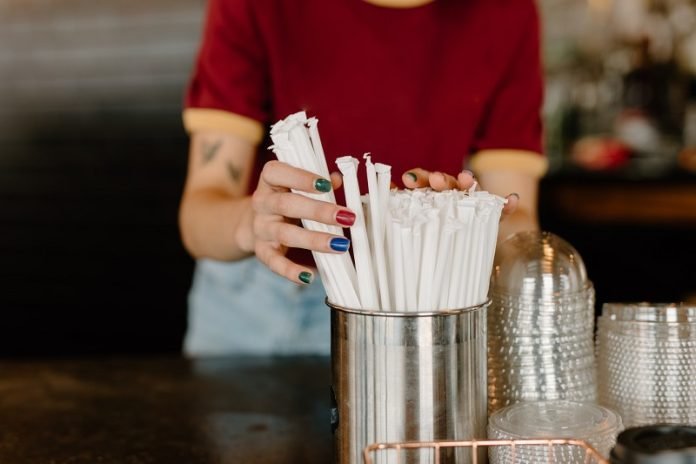
People often think that paper straws are a green choice.
They’re supposed to be better for the Earth than plastic straws.
But a new study from Belgium says we might need to think again.
The study tested 39 types of drinking straws and found that most of them, especially the paper and bamboo ones, contain chemicals that could be bad for us and the environment.
What are these chemicals?
The chemicals are called PFAS, short for poly- and perfluoroalkyl substances. They’re used in many products like non-stick pans and water-resistant clothes.
But these chemicals don’t break down easily. They can last for thousands of years in nature, earning them the name “forever chemicals.”
Why are they bad?
PFAS chemicals can cause health problems.
They can make vaccines work less well, lead to higher cholesterol, and even cause some kinds of cancer. They’re not good for animals or the environment either.
What did the study find?
Researchers in Belgium bought 39 types of straws from stores and restaurants. These straws were made from paper, bamboo, glass, steel, and plastic.
They then tested these straws to see if they had any PFAS chemicals.
They found that 69% of all the straws had these chemicals. Paper straws were the worst—90% of them had PFAS. Bamboo straws weren’t much better, with 80% containing the chemicals. Some plastic and glass straws also had them, but none of the steel straws did.
Is this a big health risk?
The amount of PFAS in the straws is low. Using a straw once in a while probably won’t hurt you. But these chemicals can build up in your body over time. So, even a little bit can add to what’s already there, and that’s not good.
How did PFAS get into the straws?
It’s not clear how these chemicals got into the straws. They might have been added to make the straws waterproof. Or they could have come from the soil where the plants for paper and bamboo straws grew. The study didn’t look at whether the chemicals could move from the straw into your drink.
What should we do?
The study’s main advice is to use stainless steel straws if you have to use a straw. They didn’t find any PFAS chemicals in these straws. Another option is to skip using straws altogether.
Key takeaways
This study reminds us that “eco-friendly” isn’t always what it seems. Just because something is marketed as green doesn’t mean it is.
It’s always good to dig a little deeper to find out the truth, especially when it comes to things we use every day.
Follow us on Twitter for more articles about this topic.



